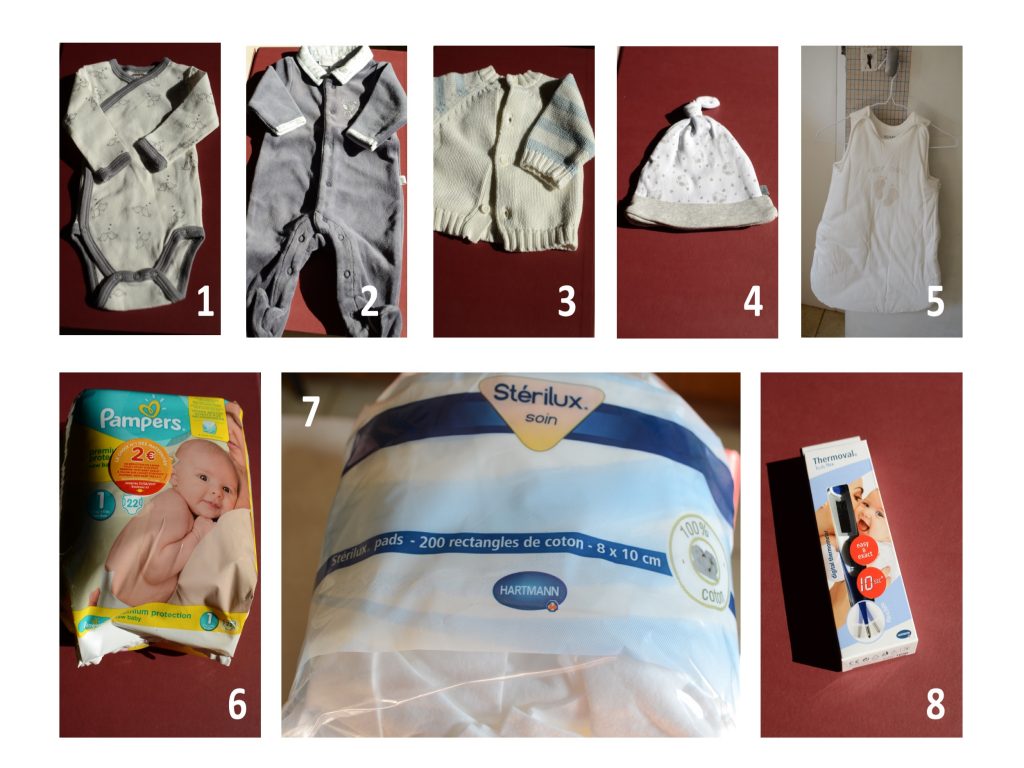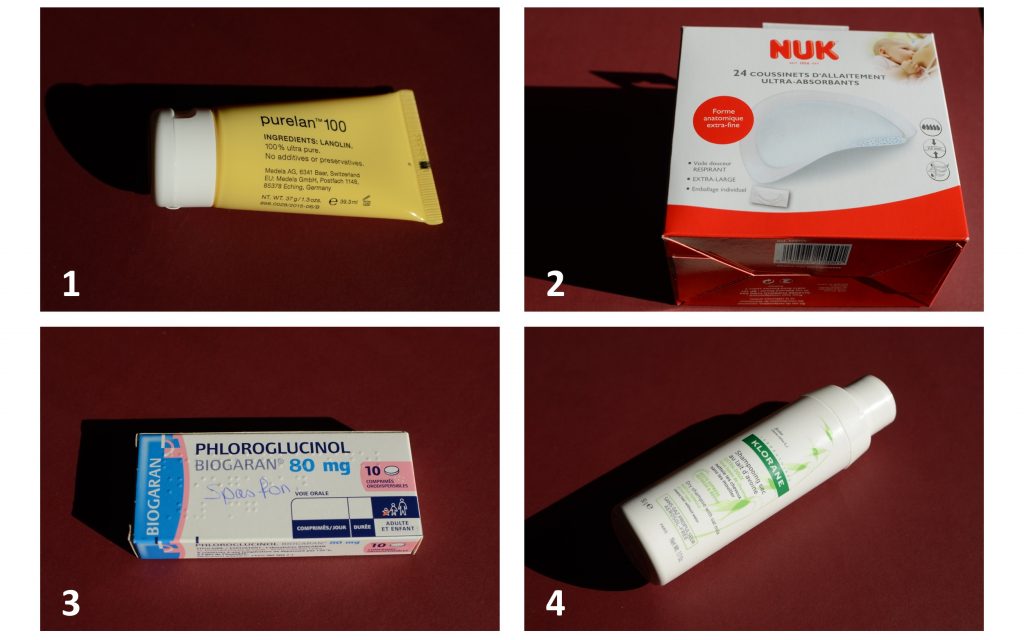After getting our temporary social security numbers and mutuelle numbers, the first thing we did was to make an appointment with a sage-femme (SF) in the hospital. A friend helped us with that as we cannot speak French. Grenoble is not very big, so we could get an appointment pretty soon (a week from the call).
It took us 10 minutes to find the hospital… Then, we went to the Accueil. The lady there cannot speak English, but we slowly got what we needed to do. There’s a room with several counters, and they are calling numbers (later we knew it’s the registration place, where the payment is taken care of). People outside are waiting to be called in. So we also got a number. When it’s our turn, we went in and showed that we had an appointment with XXX. There’s a young lady who speaks English, so she helped to put in all the information. Basically she only asked for my passport and the health insurance info. After that, she printed out a paper that has many stickers with my name and date of birth. We were glad that we could use the health insurance (social security takes care of 70%, and mutuelle pays for the rest).
Paperwork was done. We went to the consultation section. There’s a small Accueil. Again we said we were here to see XXX, and we showed the paper with stickers. We were then pointed to a waiting area. Around the agreed time, somebody came to the waiting area, and called my last name. She was the SF! Luckily she speaks a little English! Since it’s our first meeting, she asked a lot of questions about our medical history and our families. She also checked my condition (blood pressure etc.). In the end, she gave me a list of tests need to be done in a laboratory, scheduled the next meeting, and asked us to go to that small Accueil to schedule an echography.
After that first meeting, we are kinda familiar with the hospital and the processes: where to register, where to wait, and where to schedule for appointments. Then, after the pregnancy proceeded to the seventh month, the registration place put a pink note on the paper with stickers. They told me that I did not need to register any more – just go to see the SF or doctor. So, it seems like the registration place only deal with payment. Since social security covers all the cost after the 6th month of pregnancy, no registration is needed. For each meeting, the SF takes away one sticker, not the whole paper.
Up till now, we have had four meetings with the SF. During the meetings, she checks my weight, blood pressure, tummy, and listens to the heart beat of the baby. She logs all the information and the results of laboratory tests into the computer. For me, I ask questions, and I tell her how I feel. She prescribes Fe (every month), vitamin D (once), blood test -sugar (once), urine test -sugar/protein (every month after the 6th month), and blood test -toxoplasmose (every month). Everything seems going well. She also introduced us to a SF liberal for the classes (100% covered by social security), and gave us a lot of information on how to prepare for the big day, for example, what number to call when the time comes. She is really helpful!
X



